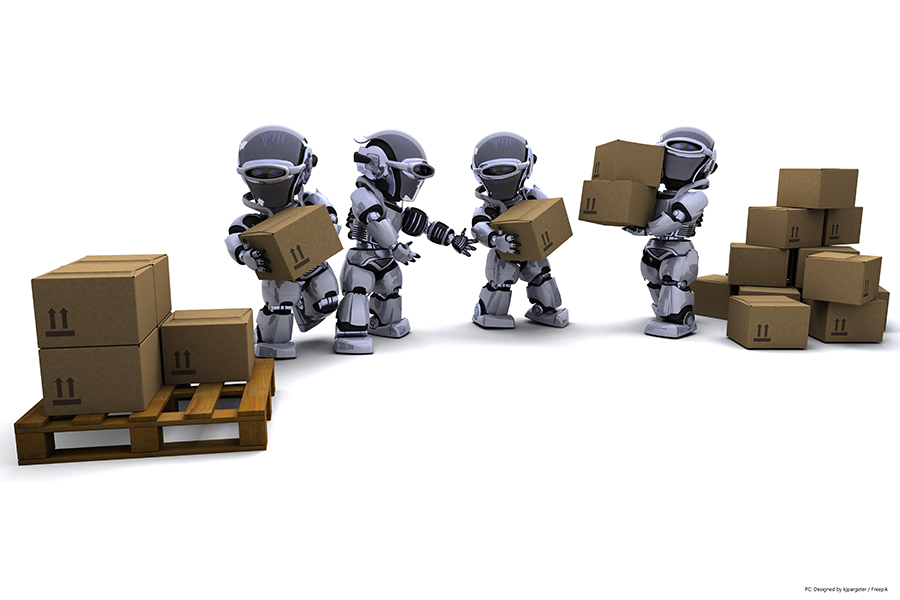
With the on-going COVID-19 crisis, as online orders have picked up pace, retailers are trying to find the best and safest options to ensure a smooth last mile. Chinese e-commerce company JD.com has been using robots to deliver anything from medicines to groceries in Wuhan, in order to minimise human contact.
Actually, even before the outbreak of COVID-19, Amazon trialled its Scout robots as an additional delivery option. US-based Kiwibot is going beyond food delivery; through a touch of a button on the Kiwibot App, orders can be placed for food and grocery along with sanitisers and face masks to be delivered safely by their fleet of robots.
While in the UAE, with the intention to do doorstep delivery of groceries through a fleet of robotic couriers, the Roads and Transport Authority (RTA) partnered with FedEx in 2019.
We spoke to Manoj Ganapathy, division manager for Visitors Management & Robotics Solutions Division at Jacky’s Business Solutions LLC about the acceptance of robots in the Middle East retail landscape.

Humanoid robot Pepper
How can robots complement humans in a retail environment?
Ganapathy: Humanoid robots – like Pepper and NAO – can easily create an empathetic link with shoppers by their eye-catching appearances, moderate sizes and human-like behaviour. Being proactive, expressive, attractive and mobile, these humanoid robots stand out from other digital proposals, increasing interactions, optimising utilisations and reducing unnecessary cost. They are connected, effective, accurate and multi-functional. They can take on repetitive tasks, which enable staff to focus on more added-value ones. Moreover, Pepper and NAO are powerful touchpoints for supporting omnichannel, providing a single but comprehensive view of each individual customer. Pepper is a highly efficient robot, which can revamp reception service and promote targeted offers while generating new sales opportunities. It can optimise administrative processes, resource allocation as well as stakeholder relationship management. Apart from gathering comprehensive data and generating client insight, it can adjust product positioning and improve service effectiveness.
What is the level of acceptance of robots within the Middle East retail environment?
Ganapathy: Traditionally retail has always been personal in the Middle East. Consumers prefer interacting with people instead of robots. While we have not yet seen a wider acceptance of robots in traditional retail, we have seen other sectors like retail banking and clinics, among others make use of humanoid robot. Where there has been a customer service element, with the right systems in place, humanoid robots Pepper and NAO have made a great difference in operations. We are starting to see this change slowly as some of the larger retailers embracing new technology and robots are part of this incentive. Another reason for the slow adoption, the legacy systems including things like CRM need to be updated to interface with our humanoid robots like Pepper to get better personalised interaction with the customer.
Is Pepper being used by retail brands in the Middle East?
Ganapathy: There are a few retail outlets that are using Pepper for now mostly as a meet and greet and an initial interface with customers. Oasis Mall, for example, use Pepper during special events in Dubai and Oman. Other examples include American Rag in The Dubai Mall, DHA’s recent Smart Salem clinic in City Walk and Al Taham Watches in Saudi Arabia, among others. What’s more, Pepper will be present at Expo 2020 Dubai.